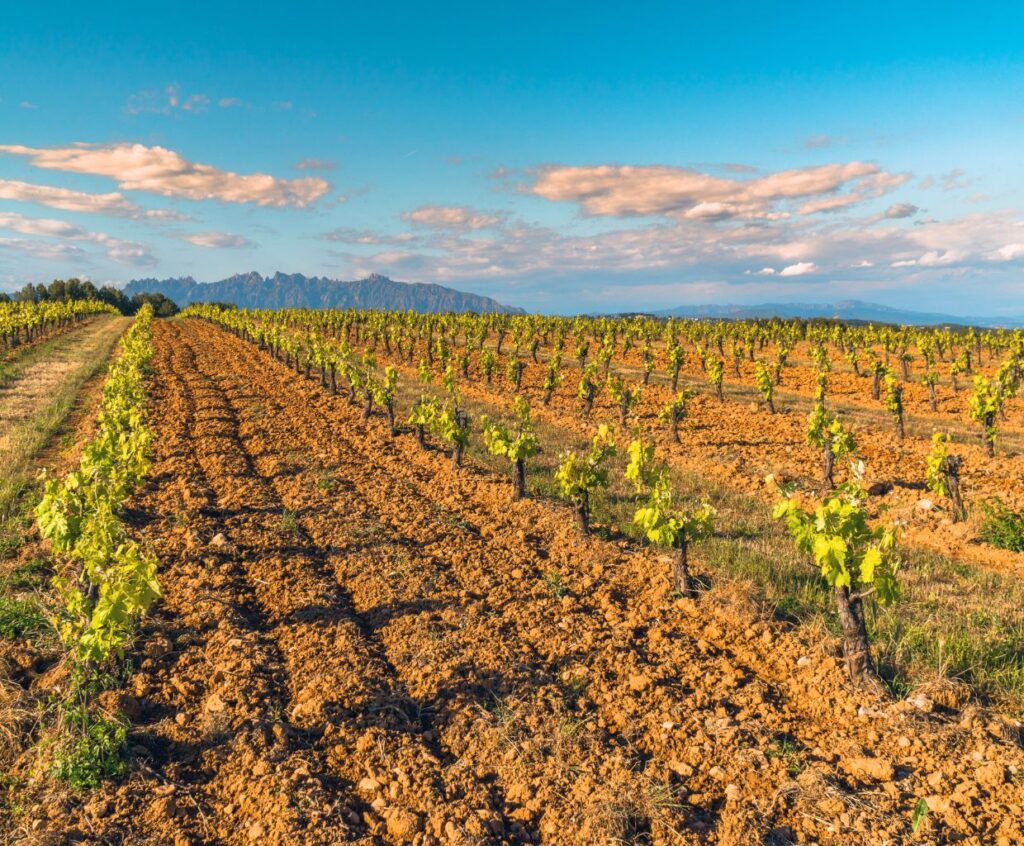Cava Wine Unveiled: Spain’s Sparkling Elegance and Tradition
Spain is renowned for its rich cultural heritage, vibrant festivals, and, of course, its delectable cuisine. Among the many gastronomic treasures this Mediterranean gem offers, one that stands out is Cava wine.
This sparkling beverage is not only a symbol of celebration and elegance but also a reflection of Spain’s deep-rooted winemaking tradition.
The Origins of Cava
Cava, which translates to “cellar” in Spanish, has a history that dates back centuries. It was in the late 19th century when a group of innovative winemakers in the Penedès region of Catalonia, Spain, decided to experiment with the production of sparkling wine using the traditional Champagne method.
Inspired by the success of their French counterparts, they sought to create a unique Spanish sparkling wine that would rival the best in the world.
The Production Process
What sets Cava apart from other sparkling wines is its meticulous production process. Like Champagne, Cava undergoes a labor-intensive method known as the Traditional Method, or Método Tradicional, involving a second fermentation in the bottle. This process imparts the wine with its characteristic effervescence and complexity.
The primary grapes used in Cava production are Macabeo, Xarel·lo, and Parellada, though Chardonnay and Pinot Noir are also permitted. These grapes are carefully selected and harvested by hand to ensure only the highest quality fruit is used.
Once the grapes are pressed, the juice is fermented in stainless steel tanks to create the base wine. Then, a blend of sugar, yeast, and wine is added to the bottles, triggering a second fermentation. This process creates carbon dioxide, which becomes trapped within the bottle, resulting in those delightful bubbles we associate with sparkling wines.
After the second fermentation, the bottles are aged on their lees, allowing the wine to develop complex flavors and aromas. The minimum aging requirement for Cava is nine months, but some high-quality Cavas are aged for several years, resulting in a more refined and nuanced final product.
A Versatile and Elegant Choice
Cava’s versatility is one of its greatest assets. Whether celebrating a special occasion, enjoying a leisurely brunch, or simply looking for a refreshing sip, Cava fits the bill. Its crisp acidity, delicate bubbles, and subtle fruity notes make it an ideal companion for various dishes. From fresh seafood and creamy cheeses to tapas and even spicy cuisine, Cava’s effervescence and balanced flavors enhance any culinary experience.
So, the next time you raise a glass of sparkling wine, consider exploring the world of Cava. With its rich history, traditional production methods, and sheer elegance, this Spanish gem is sure to captivate your taste buds and transport you to the sun-drenched vineyards of Catalonia.
What is the significance of Cava wine in Spain’s cultural and traditional heritage?
Cava wine holds excellent significance in Spain’s cultural and traditional heritage. It is a sparkling wine produced using the traditional method of fermentation in the bottle, similar to the process used for Champagne.
Firstly, Cava is deeply rooted in Spanish celebrations and festivities. It is often associated with joyous occasions and is commonly consumed during critical events such as weddings, birthdays, and New Year’s Eve celebrations. Its bubbles and effervescence add a touch of festivity and elegance to these special moments.
Secondly, Cava is a reflection of Spain’s winemaking history and expertise. The production of cava dates back to the mid-19th century when Catalan winemakers began experimenting with the traditional Champagne method. Over time, Cava has become one of Spain’s most renowned wine exports, showcasing the country’s winemaking skills and craftsmanship.
Additionally, Cava plays a significant role in the economy of certain Spanish regions, particularly Catalonia. The Penedès region, located in Catalonia, is considered the birthplace of Cava and is home to many renowned cava producers. The production of Cava creates employment opportunities, boosts tourism, and contributes to the overall economic development of these regions.
Furthermore, Cava is also a symbol of Spanish gastronomy and culinary traditions. It is often served as an aperitif or paired with various dishes, including seafood, tapas, and traditional Spanish cuisine. The versatility of Cava makes it a popular choice for pairing with different flavors and enhancing the dining experience.
In conclusion, cava wine holds great cultural and traditional significance in Spain. It is deeply intertwined with Spanish celebrations, showcases the country’s winemaking heritage, contributes to regional economies, and plays a vital role in Spanish gastronomy.
How has the production and popularity of Cava wine evolved over the years?
Cava wine, a sparkling wine produced in the Catalonia region of Spain, has experienced a significant evolution in production and popularity over the years. Here are some key points to consider:
1. Origins and Traditional Production: Cava wine originated in the mid-19th century when Spanish winemakers began adopting the traditional Champagne production method. Initially, production was limited to a few wineries in Catalonia.
2. Appellation of Origin Status: In 1972, Cava became a protected designation of origin (DO) in Spain. This regulatory recognition helped establish Cava wine’s specific production criteria and quality standards.
3. Expansion of Production: In the 20th century, Cava production expanded beyond Catalonia to other regions in Spain, such as Valencia, Aragon, Navarra, and Rioja. This led to an increase in the overall volume of Cava produced.
4. Grape Varieties: Traditionally, Cava was made primarily from local grape varieties like Macabeo, Parellada, and Xarel·lo. However, over time, international grape varieties such as Chardonnay and Pinot Noir have also been permitted in Cava production, providing winemakers with more options for blending and flavor profiles.
5. Evolution of Production Techniques: As Cava producers sought to improve quality and differentiate their wines, they shifted towards more rigorous production techniques. This includes longer aging periods on the lees (yeast sediment) and the use of higher-quality grapes.
6. Rising Popularity: Cava has gained popularity both domestically and internationally. Its affordability compared to Champagne, coupled with its quality, has made it a popular choice for sparkling wine enthusiasts. Cava has also benefited from the growing interest in Spanish cuisine and culture worldwide.
7. Diversification of Styles: Cava wines were traditionally known for their dry, crisp style. However, producers have started experimenting with different aging periods, dosage levels (sugar addition), and grape blend to create a broader range of styles, including rosé Cavas and sweeter variations.
8. Sustainability and Organic Production: Recently, Cava producers have shown increased interest in sustainable and organic viticulture. Many wineries are implementing environmentally friendly practices, such as reducing chemical usage and adopting organic or biodynamic farming methods.
Overall, the production and popularity of Cava wine have evolved significantly, expanding beyond its traditional roots and gaining recognition as a high-quality sparkling wine option both in Spain and abroad.





